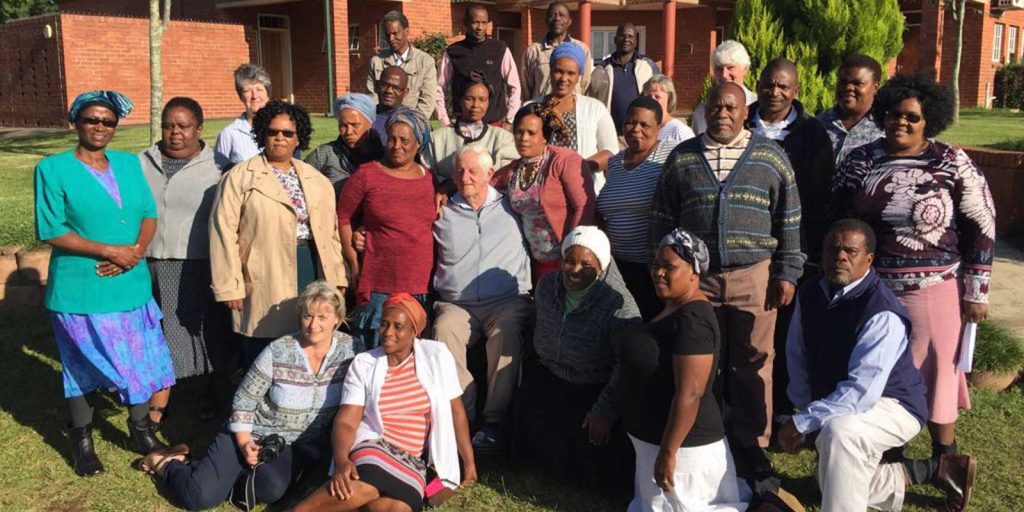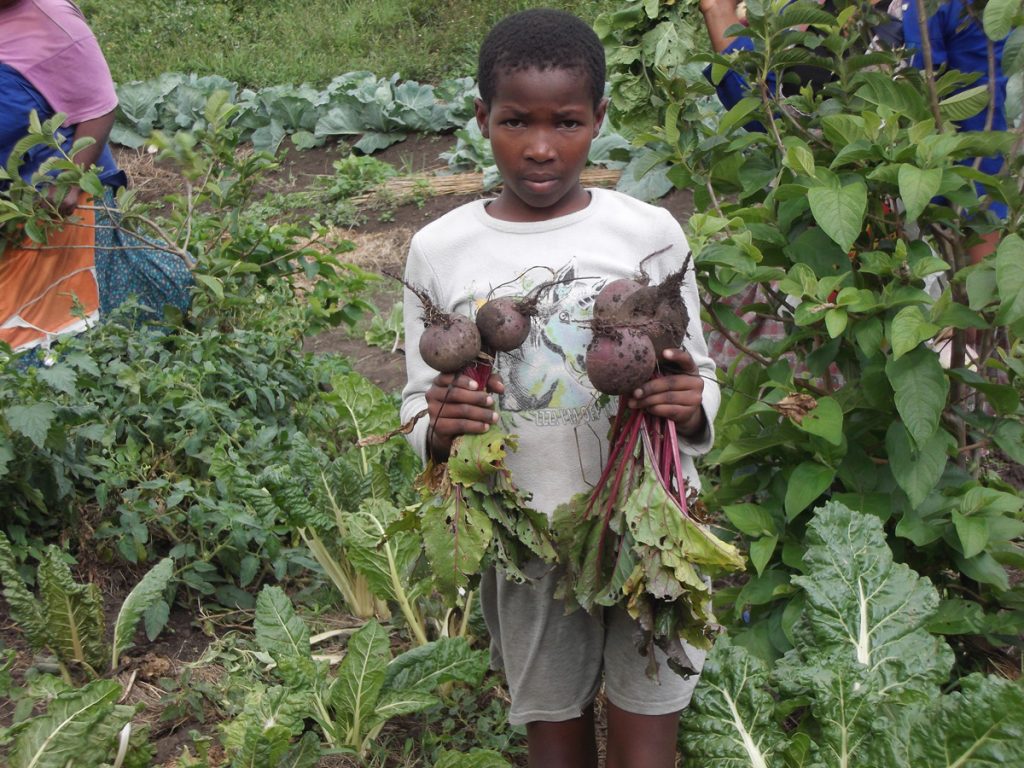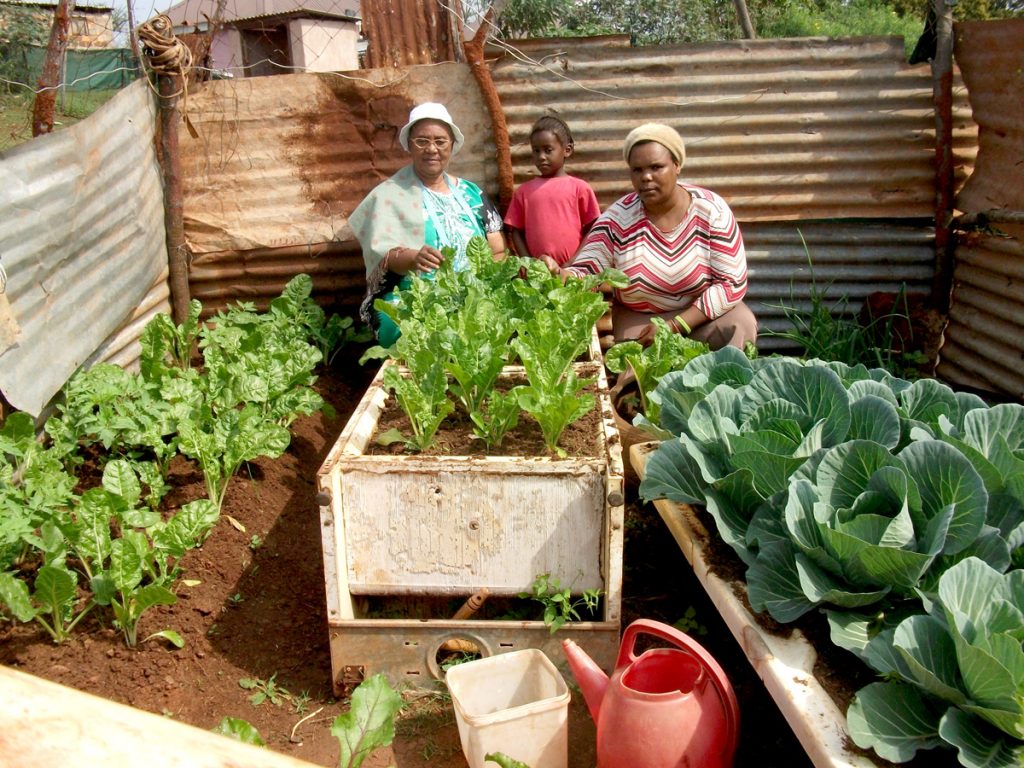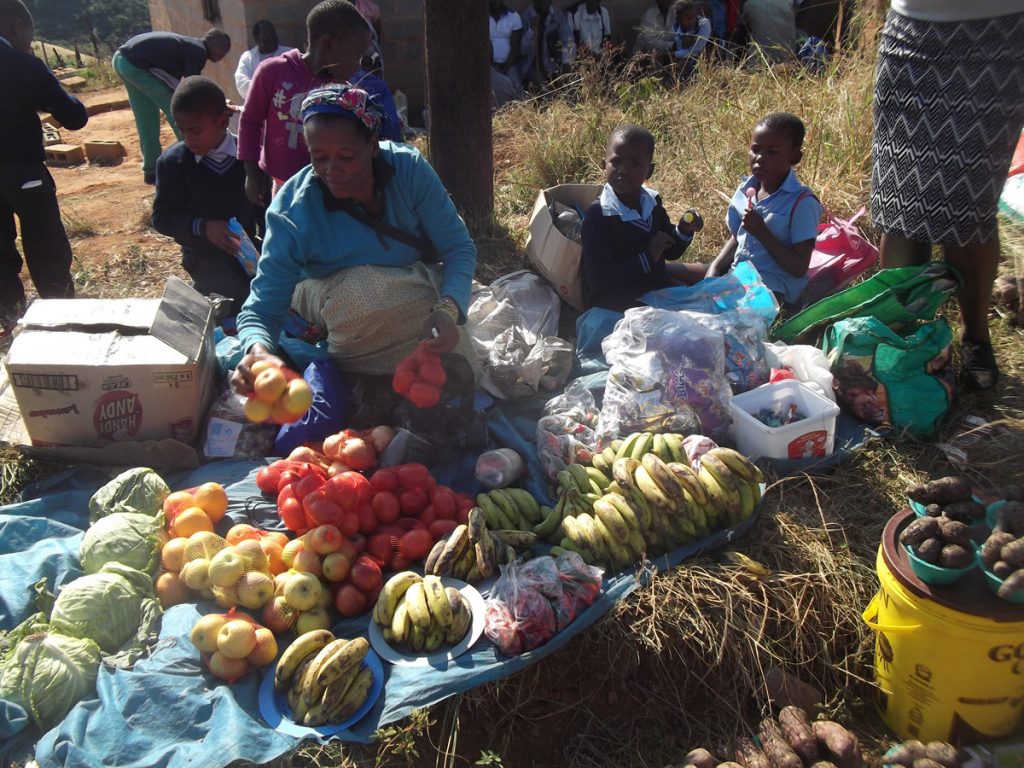Tackling poverty in Southern Africa
Every year, Statistics South Africa (Stats SA) updates its “national poverty lines” to account for inflation. In July 2019, the measurement for extreme poverty – the food poverty line (FPL) – was raised to R561 (using April 2019 prices) per person per month, from R547 last year. That is about R18.70 or $1.20 a day.
This is the amount of money Stats SA calculates an individual requires “to afford the minimum required daily energy intake” of 2,100 calories per day.
Download Stats SA National Poverty Lines pdf – http://www.statssa.gov.za/publications/P03101/P031012019.pdf
Stats SA has periodically undertaken household expenditure surveys which provide a profile of poverty in SA. The last one was conducted in 2014/15. Stats SA says it plans to conduct a new one but does not have the funds to do so at the moment. That is a pity, because it would be useful for policy-makers to know if poverty is falling or (far more likely) rising, and at what pace.
https://www.dailymaverick.co.za/article/2019-08-06-stats-sa-poverty-surveys-derailed-by-cash-crunch/
Until Stats SA can conduct another survey, the only statistics we can use are the 2014/2015 results, and they make for alarming reading. Here are five facts that might open your eyes.
- Approximately half (49,2%) of the adult population were living below the upper-bound poverty line (UBPL).
- Gauteng and the Western Cape had the lowest proportion of adults living in poverty (UBPL).
- Female-headed households mostly felt the experience of poverty.
- Poor children were twice as likely to have no access to safe play areas.
- Poor households headed by females had better access to housing and electricity, but not to water, sanitation and refuse removal services.
Stats SA – http://www.statssa.gov.za/?p=12075
28 000 jobs lost in SA formal sector third quarter of 2019
Formal sector employment decreased by 28 000 in September 2019, with 11 000 full-time and 17 000 part-time jobs shed during the quarter.
The September 2019 Quarterly Employment Statistics (QES) survey showed that an estimated 10 142 000 people were employed in the formal non-agricultural sector of the South African economy, which is down by 28 000 from 10 170 000 in the previous quarter. http://www.statssa.gov.za/?p=12842
The above information does not paint a pretty picture. However, all is not doom and gloom. A number of NGO’s are performing small miracles every day at grass-roots level, to assist previously disadvantaged communities in their daily struggle against poverty and malnutrition.
ACAT KZN, a non-denominational, faith-based organisation in KwaZulu-Natal, South Africa, is committed to improving the livelihoods of the poor on a sustainable basis, where poverty, resource degradation, malnutrition, unemployment, and HIV and AIDS are widespread.
ACAT’s self-help programmes, of sustainable agriculture (SAP), entrepreneurial development (EDP), adult based education and training (E&T), and partnerships, enable participants to produce their own food, eat a balanced diet, create their own jobs and generate income for their families.
Read some of our success stories here.
Additional reading
This is how much money the poorest are living on each month in South Africa – https://businesstech.co.za/news/finance/332553/this-is-how-much-money-the-poorest-are-living-on-each-month-in-south-africa/
FACTSHEET: South Africa’s official poverty numbers – https://africacheck.org/factsheets/factsheet-south-africas-official-poverty-numbers/
OxfamReport: 30.4 million South Africans live in poverty – https://www.iol.co.za/the-star/news/oxfamreport-304-million-south-africans-live-in-poverty-18893988




